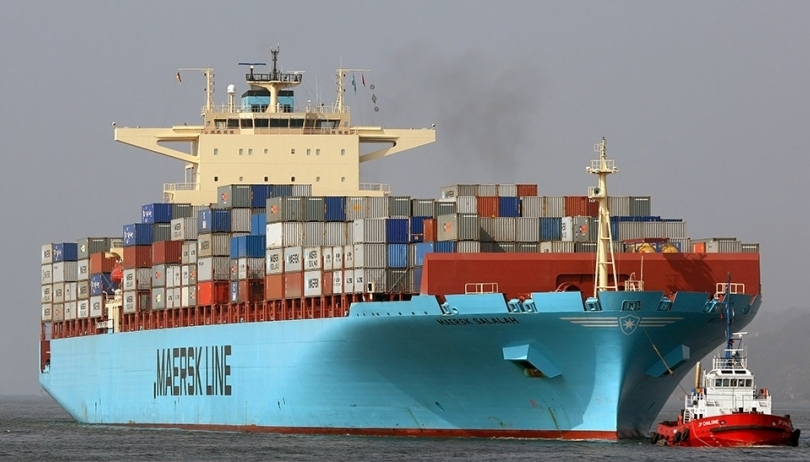The Port of Cotonou, long regarded as a backdoor gateway for goods bound for Nigeria, is set to see fewer container ship calls following changes to Maersk’s West Africa service.
According to shipping analysts DynaLiners, the carrier will remove seasonal calls at Cotonou, along with Ngqura, from its WAF7 route as part of a broader service adjustment between the Gibraltar Straits and West Africa.
The updated deployment will see the WAF7 fleet reduced from seven to five vessels, each with a capacity of around 2,500 TEU. The revised rotation will cover Tangier, Algeciras, Freetown and Conakry, before returning to Tangier, leaving Cotonou excluded from the schedule.
Maersk has framed the decision as an effort to improve reliability and make better use of vessel capacity. By cutting out certain ports, the line expects to achieve faster transit times for the ports that remain on the loop.
However, the implications for Benin’s Port of Cotonou could be significant. The port has played a vital role as a diversion point for cargoes destined for Nigeria. A reduction in direct Maersk calls may therefore mean direct shipments to Nigeria and a possible reduction in smuggling from the former French colony.
Maersk has urged customers affected by the change to plan shipments carefully and explore other connection options. The development also highlights a wider trend in West Africa, where shipping lines are trimming networks to balance demand against rising operational pressures.
While the WAF7 service will continue to link key regional hubs with Europe, Maersk’s shift underscores the tension between efficiency gains for carriers and the potential knock-on effects for local and cross-border trade. For Nigerian importers relying on Cotonou as a back door to the market, the impact may be particularly keenly felt.
